The site of Ryounkaku
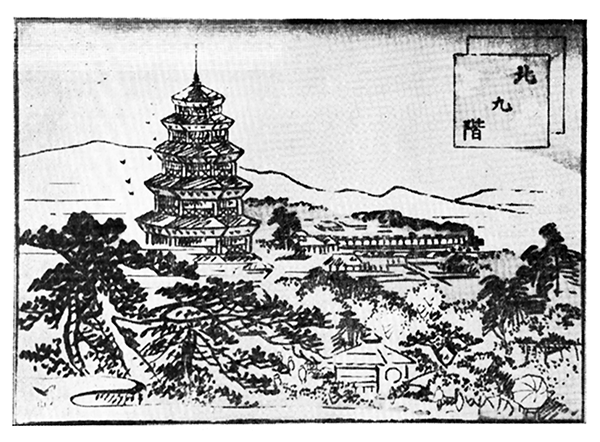
The Ryounkaku, literally "The Tower that Surpasses the Clouds", was a nine-story wooden tower standing 130 shaku tall (around 39 meters) that was constructed in 1889. At the time, there was also a 3,900-tsubo (around 12,900 square meters) park called the "Yūrakuen," or Paradise Garden, surrounding the tower. The park had various amenities such as a tea house, hot springs, an archery range, a bicycle racing track, and a pond with boat rides. The Ryounkaku was well-known as a symbol of the area. The first and second floors were pentagonal, and the third through eighth floors were octagonal, with the pathways surrounding the tower in a spiral shape. The ninth and highest floor housed a clock tower and an observation deck from which one could overlook the entire city of Osaka. It is unknown exactly how long the tower stood before it was apparently dismantled and removed in the early years of Japan's Showa Period (1926-1989).
Cartoons on history

Map of historical sites
Discover History!
Umeda Higashi Trivia Walk
"Bateiras" Floated Along the Waters of The Yūrakuen's Pond... But What's a Bateira?
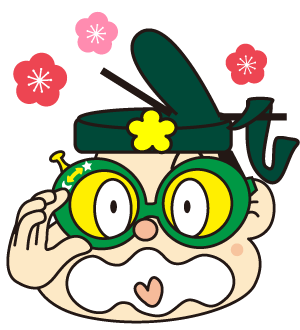
How Big Was the Yūrakuen's 3,900-Tsubo Grounds?
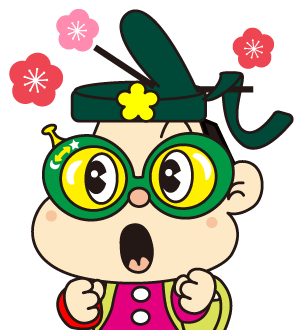
The grounds of the Yūrakuen are said to have spread over 3,900 tsubo in area. This is about the same as 49 tennis courts, or around the same as the field of Kōshien Stadium.
Discover History!
Umeda Higashi Quiz Walk
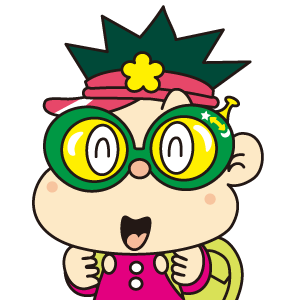
How Much Is the Ryounkaku's 3-Sen Entry Fee Worth in Today's Yen?
At the time of the Ryounkaku's completion in 1889, the fee for entry was three "Sen." How much is that worth when converted to today's yen?
The correct answers are here
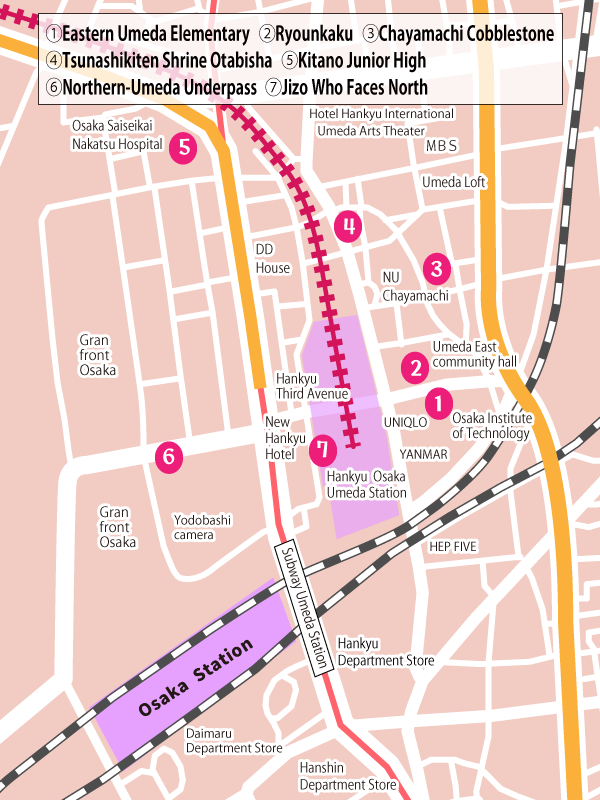
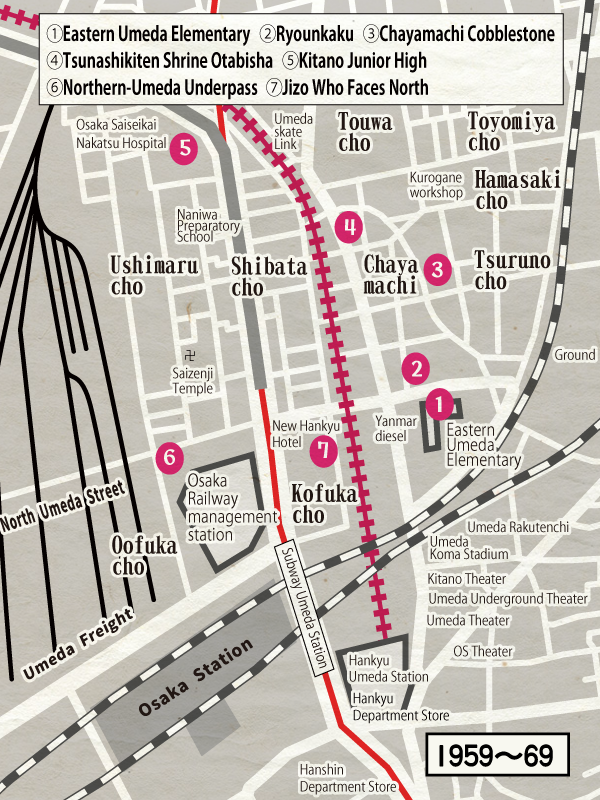
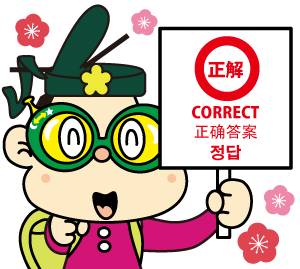
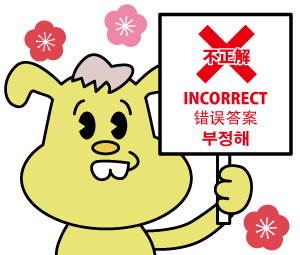
The Ryounkaku's Yūrakuen park housed a large pond of around 200-tsubo (660 square meters) in size.
A newspaper at the time said that "A great 200-tsubo pond is dug there, whereupon bateiras drift. Rock formations are built up, too; a tea house has been opened; seasonal flowers are planted..." Based on this, objects called "bateiras" seem to have been present on the park's pond.
What do you think a "bateira" is?
"Bateira" is actually a Portuguese word meaning "a small boat." In other words, the park's guests were enjoying themselves on the pond's boat rides. Incidentally, pressed mackerel sushi, known as "Battera Sushi" in Japanese, was also given its name because its shape resembled that of a small boat.